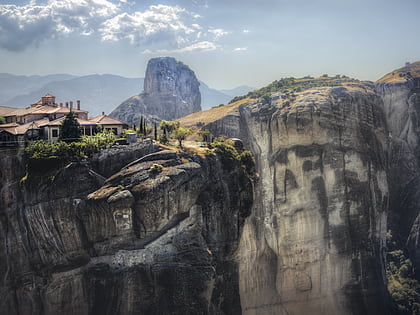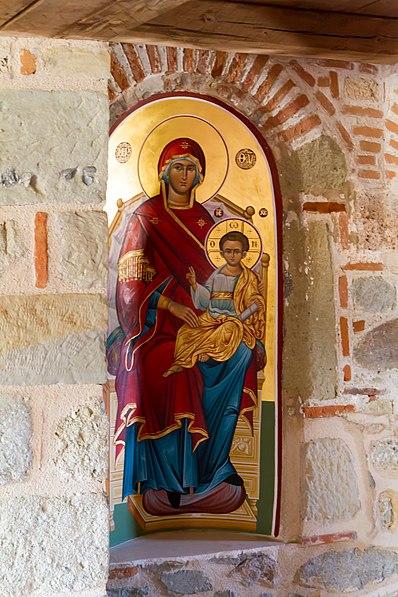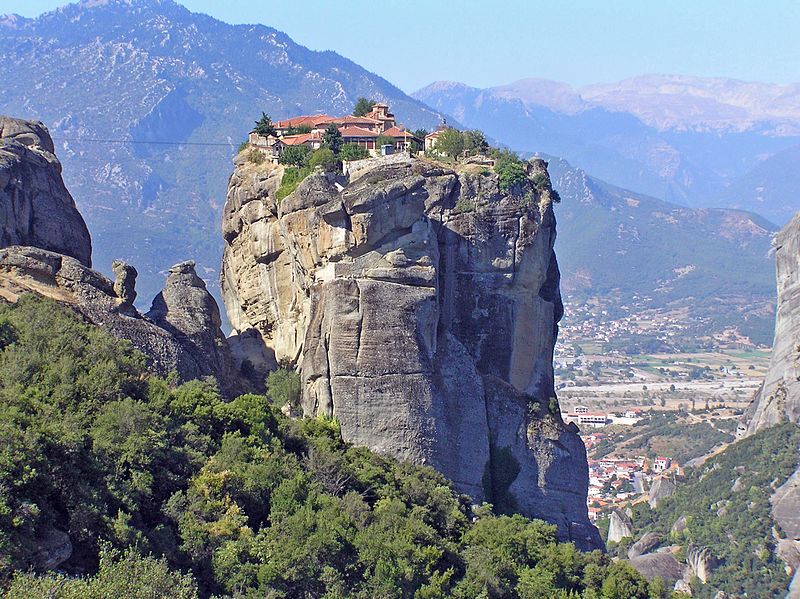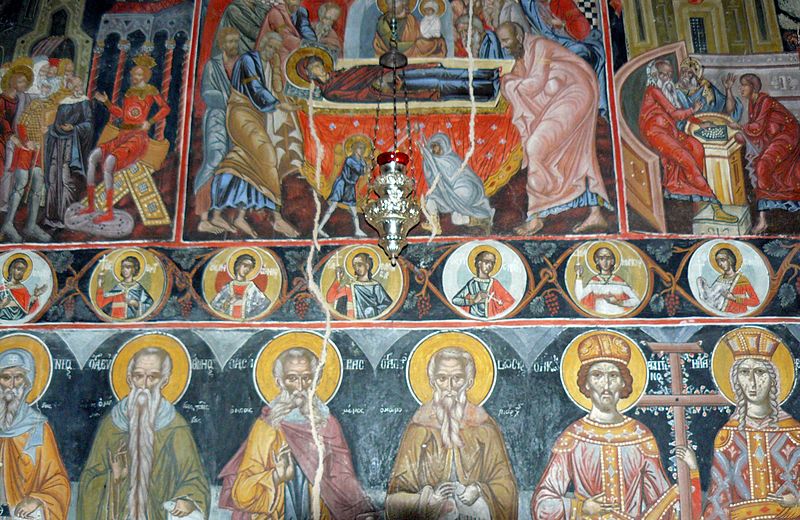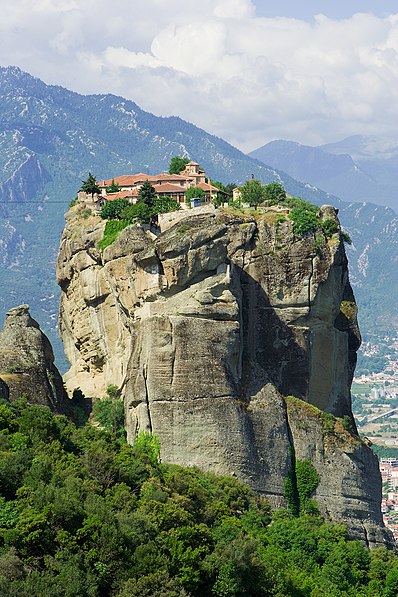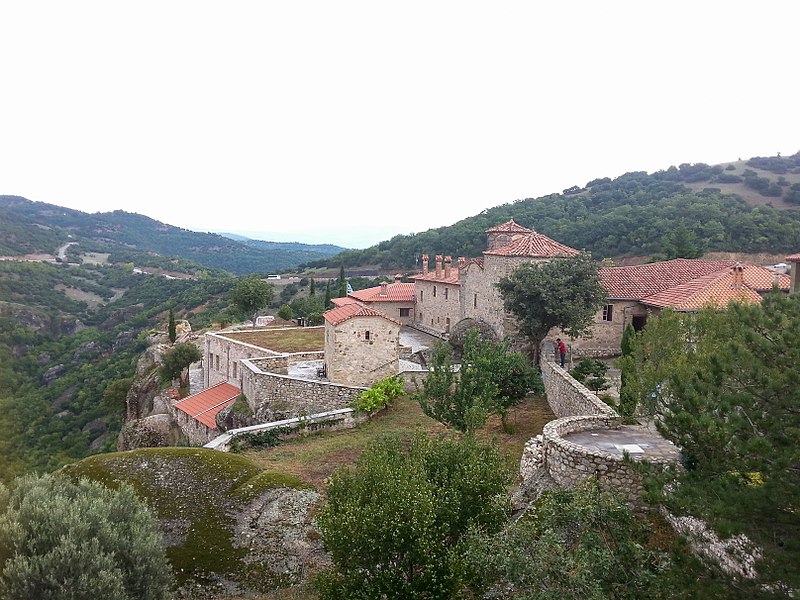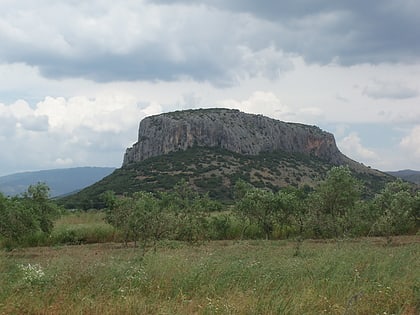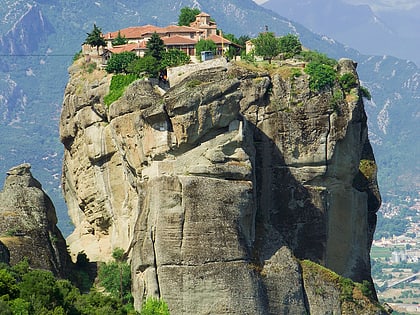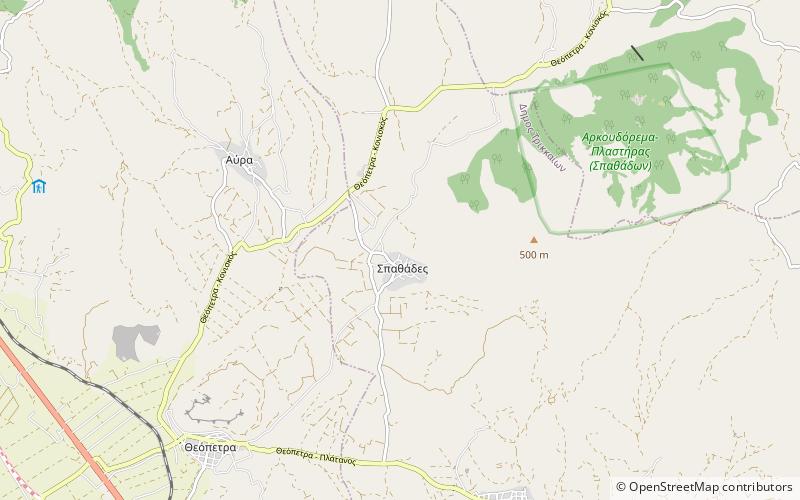Meteora
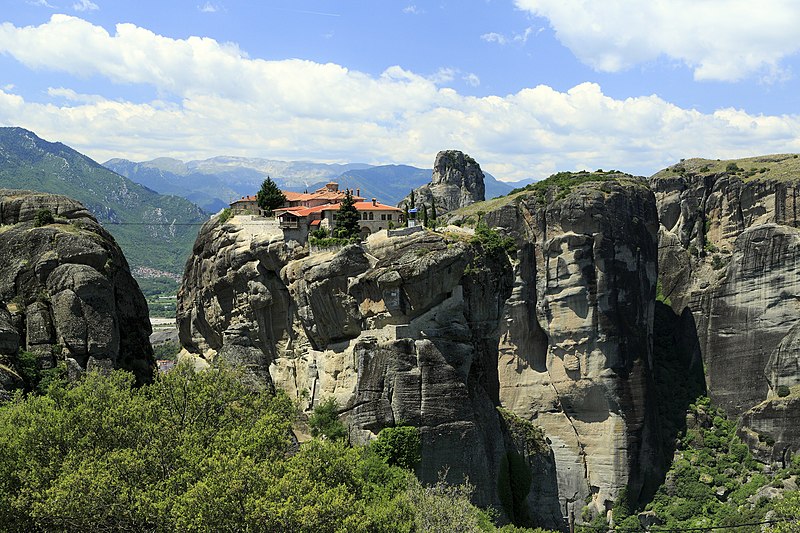
Facts and practical information
Meteora, Greece, is a place where spirituality and nature's grandeur are inextricably intertwined, offering an experience that transcends the ordinary. This UNESCO World Heritage site is renowned for its complex of Eastern Orthodox monasteries, perched atop towering rock formations that rise precipitously from the plains of Thessaly. These ancient monastic retreats, dating back to the 14th century, are marvels of architectural ingenuity and spiritual dedication.
The name Meteora, meaning "suspended in the air" or "in the heavens above," perfectly captures the essence of these six remaining monasteries. Accessible by staircases cut into the rocks, the monasteries were originally founded by monks seeking solitude and a closer connection to God. The isolation provided by these natural skyscrapers offered the perfect setting for contemplation and worship, away from worldly distractions.
The largest and most visited monastery is the Holy Monastery of Great Meteoron, which also functions as a museum showcasing the monastic life. Others, like the Monastery of Varlaam and the Monastery of Rousanou, are equally fascinating, each with its own unique history and treasures, including frescoes, manuscripts, and religious icons.
Meteora is not only a haven for those seeking spiritual enrichment; it is also a magnet for outdoor enthusiasts. The surrounding landscape is a paradise for rock climbers, hikers, and photographers drawn by the area's dramatic beauty and the challenge of its vertical cliffs.
Meteora – popular in the area (distance from the attraction)
Nearby attractions include: Theopetra Cave, Kalambaka, Holy Trinity, Spathades.
